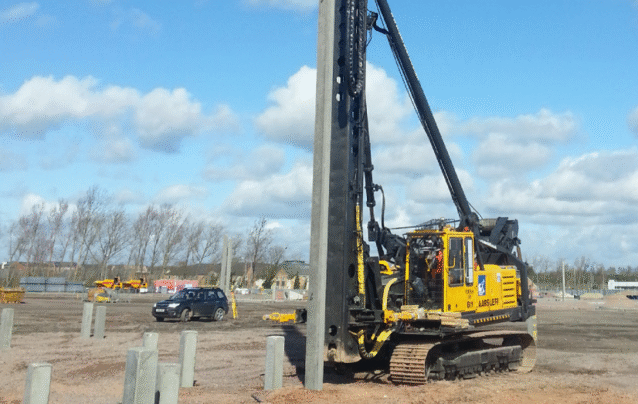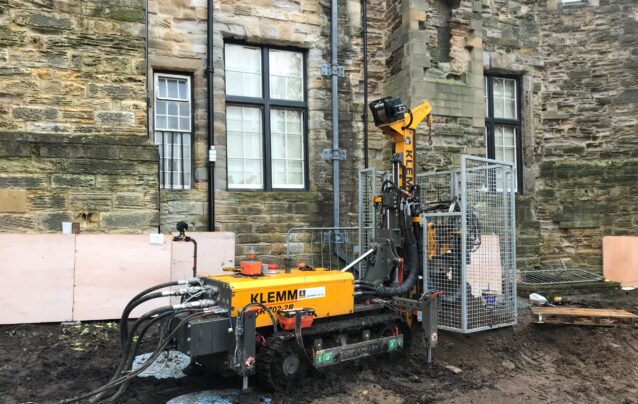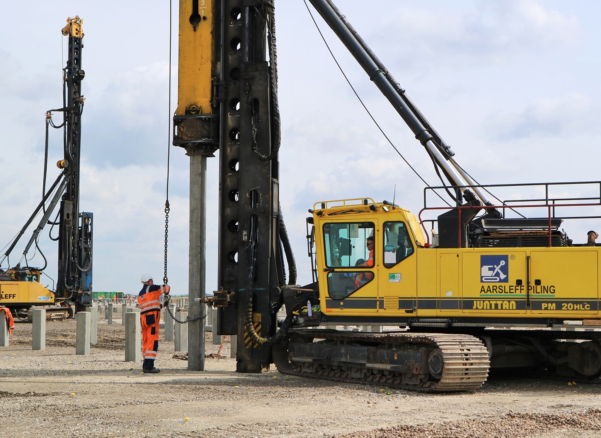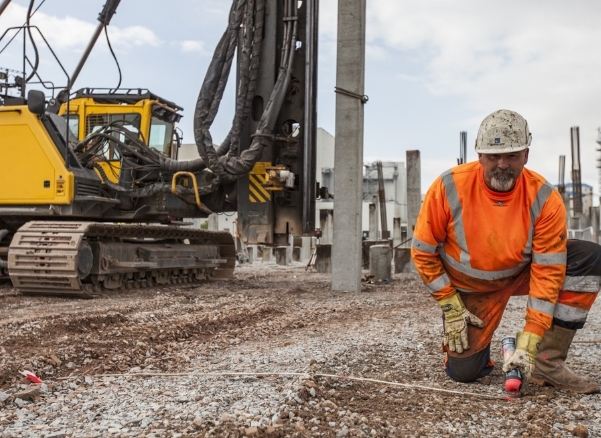Emmer Green
EFFICIENT PROBING WORK DELIVERS SAVINGS FOR CLIENT AT HISTORIC CHALK MINE SITE
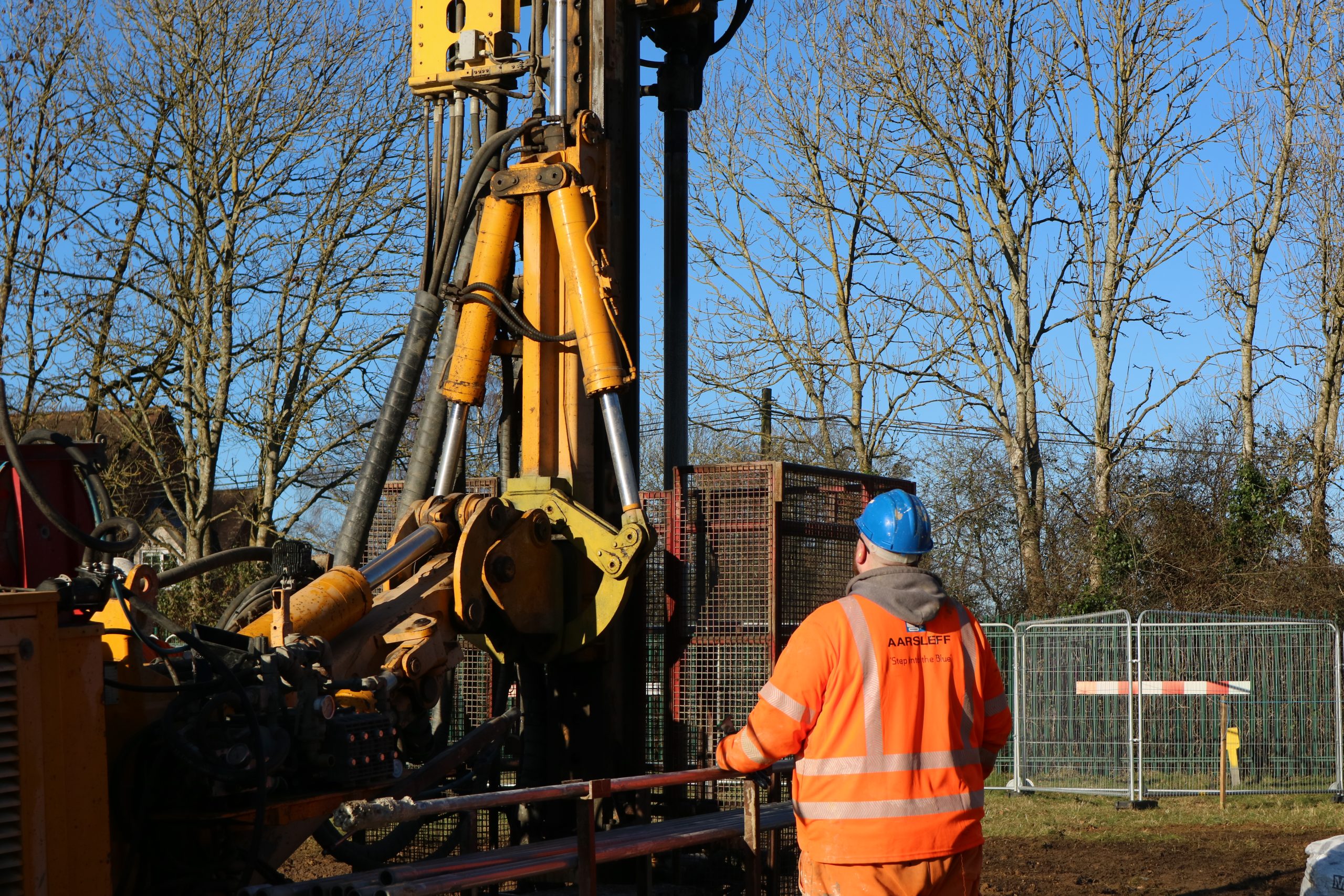
Project Description
Data 47 probing positions at 70mm diameter to 25 metres below ground level in a 6x6m grid
Client Tilbury Douglas
Type of contract Design and build contract
Construction period January 2024
Since the Middle Ages, the Reading area has been known for its brick and tile production. Its geology ensures its prime position for this process with both chalk and clay found in the area. In 1977, an extensive chalk mine was discovered in the Emmer Green area, with evidence of work for chalk extraction in the early 18th century, all the way through to occupation during the Second World War for storage.
At Emmer Green an existing reservoir needed routine inspection work. This meant that a new reservoir had to be constructed nearby to store the current water resource and allow the existing reservoir to be drained, to ensure water supply was not affected for the surrounding area.
The chalk mines and interlinking tunnels are not well documented, and the microgravity survey conducted on the proposed development area identified anomalies 20-25m below ground, but the exact nature of these was inconclusive. This meant that there was a risk of a tunnel and/or voids being present below the new reservoir which could lead to longer-term void migration and ground collapse underneath the new reservoir. This could have a catastrophic impact on the new reservoir, and the release of any water could further exacerbate the voiding in the surrounding area, potentially affecting the existing reservoir.
Aarsleff were approached by Tilbury Douglas to provide input and pricing advice for a piled slab solution consisting of 55 600mm diameter piles. This proposed solution would found below any potential chalk mine tunnel at a depth of 35m. This also had to include the option for casing through tunnel voids which was a solution in excess of £500,000 with casing allowances.
After analysing the documentation, Aarsleff instead suggested we mobilise to initially undertake probing to try and define the presence or absence of the suspected mines and therefore understand the full impact of any theoretical workings. This would allow us to then map and model a significantly more cost-effective drill and bulk fill grout solution if required based on the findings, rather than the costly original piling scope.
Download the full case study to discover Aarsleff’s solution.
Case Study
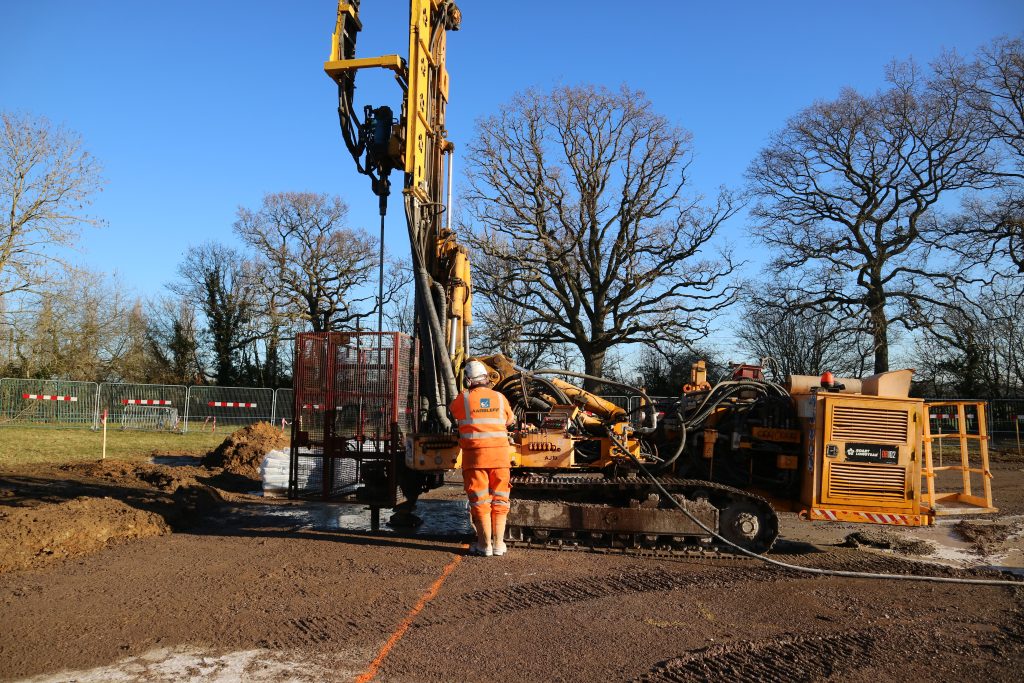
Please enter your details to download this document
The Latest. News, podcasts & projects
